Walking the Internet
exploring NYC’s physical & cultural infrastructure
| Title | Walking the Internet |
| Subtitle | exploring NYC’s physical & cultural infrastructure |
| Instructors |
Alex Wolfe & Laurel Schwulst |
| Dates |
3 walks in NYC:
|
| Time | 10am - 1pm on the above Saturdays ( in-person ) |
| Location |
Each walk starts at a different place in Manhattan. Here are the locations:
|
| Price | These walks operate on a pay-what-you-can basis. At the end of the walk, you can pay whatever you feel the walk was worth (cash or card both accepted). Most participants choose to pay between $40-$60 per person. |
| RSVP | You can come to one walk, two walks, or all three: |
How does one “see” the internet? Through walking plus some supplemental readings and dialogue, we will explore how the internet is not some ethereal, untouchable thing, but physically rooted — connected by underwater submarine cables and served from data centers containing many literal computers worldwide. Simultaneously, how can exploring the internet as we can easily in the physical world — meandering, drifting, maybe losing sense of direction — bring new life into it and vice versa?
In this series of three walks, we will explore physical and cultural infrastructure in New York City. This series is led by Alex Wolfe and Laurel Schwulst and begins in different places in Manhattan each week.
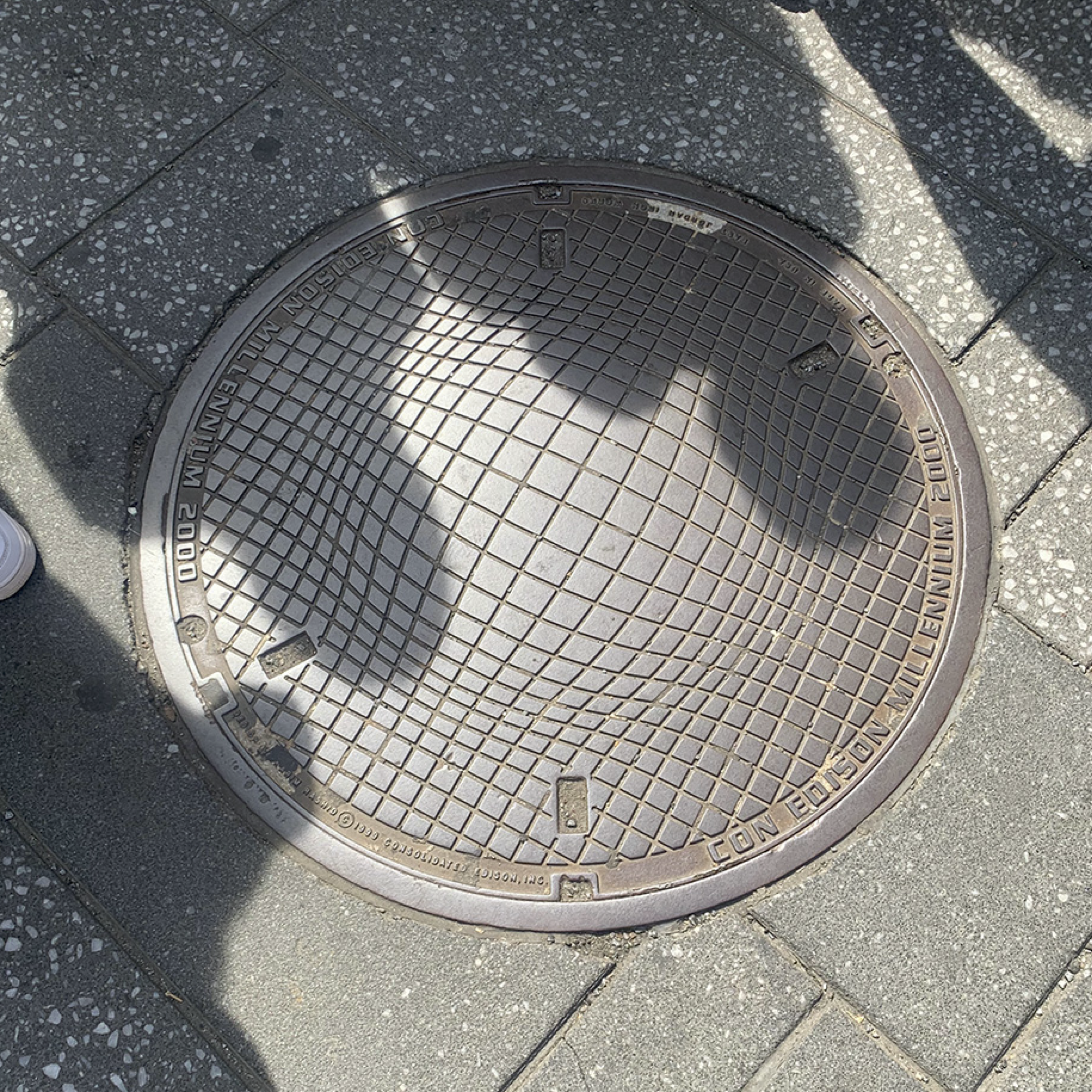
Keywords
- Dérive
- Infrastructure
- Layers
- Networks
- Physical
- Public
- Systems
- Technology
- The “Cloud”
- Walking
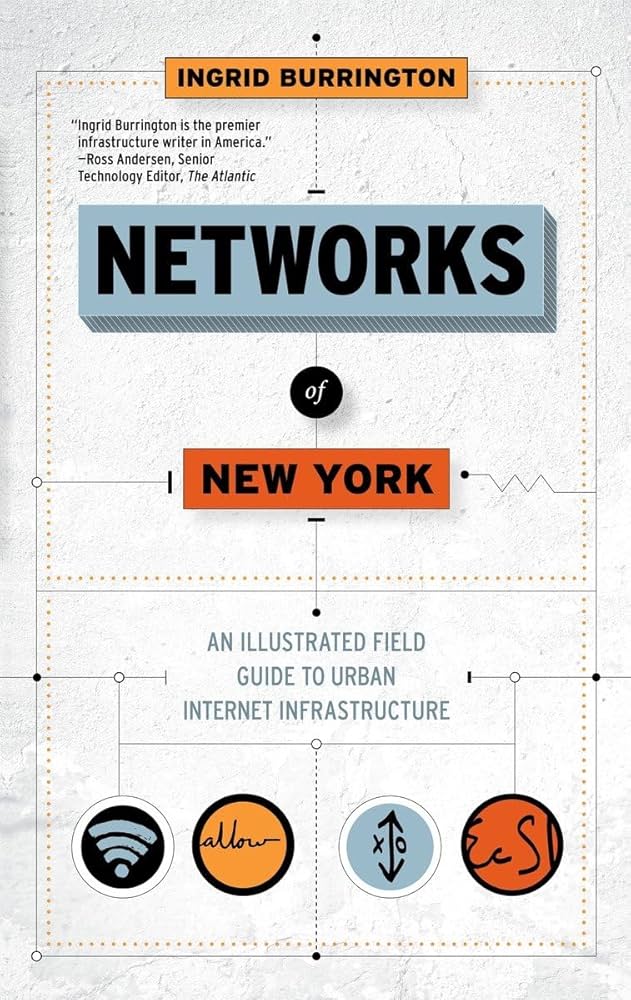
Background
Most of us experience the internet through screens, browsers, and apps — layers of interface that make it feel abstract, even invisible. Yet beneath our feet and above our heads lie the often-overlooked systems that allow it to function.
In the book Networks of New York: An Illustrated Field Guide to Urban Internet Infrastructure (2016), author Ingrid Burrington goes on a multi-year quest to “see” the internet — asking people how it works, how you access it, and where specifically “is” it?
This is how I find the Internet, now that it’s been two years since I started looking: I go for a walk literally anywhere in the city. In the span of about three city blocks, I can usually figure out where there’s buried fiber optic cable (and, sometimes, who owns that cable), which devices hanging above traffic intersections are talking to one another, how many cell towers are in the area, and whether I’m currently under surveillance (by the NYPD or a private observer).
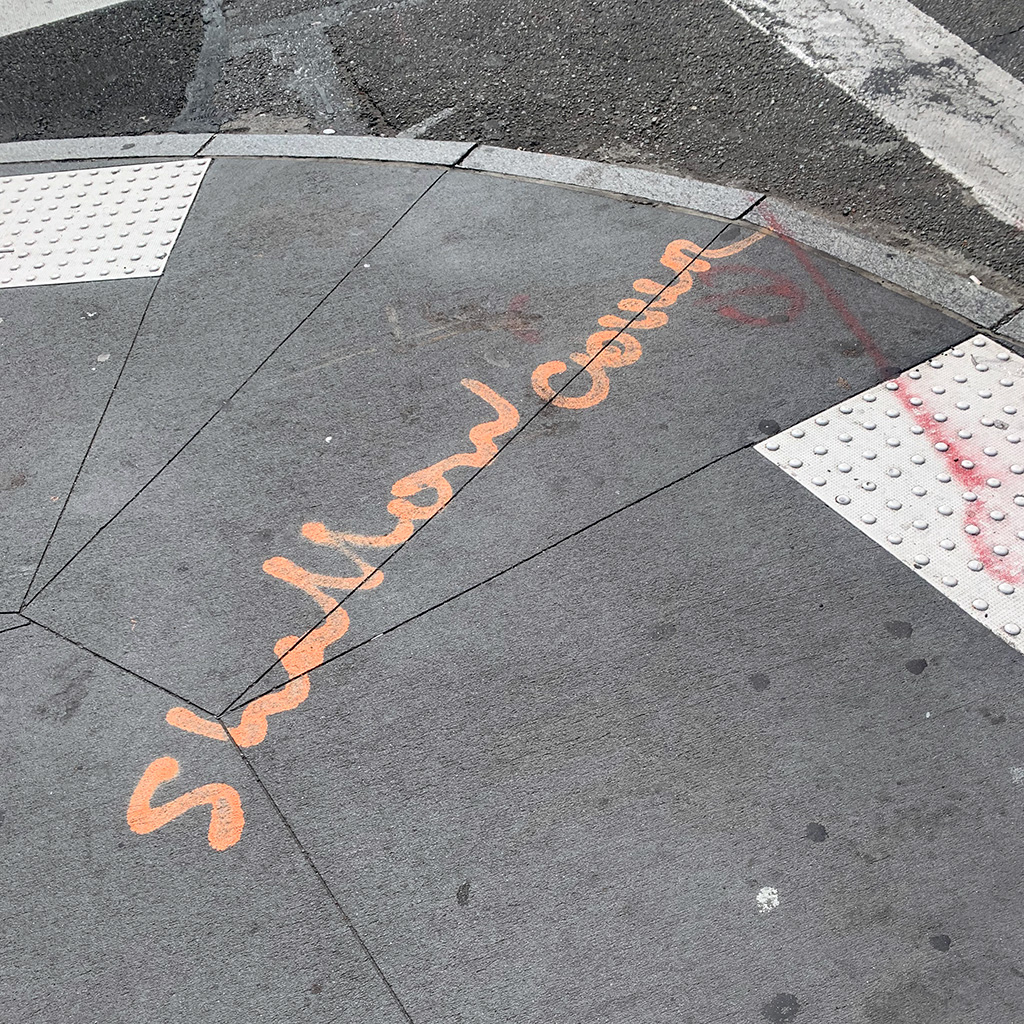
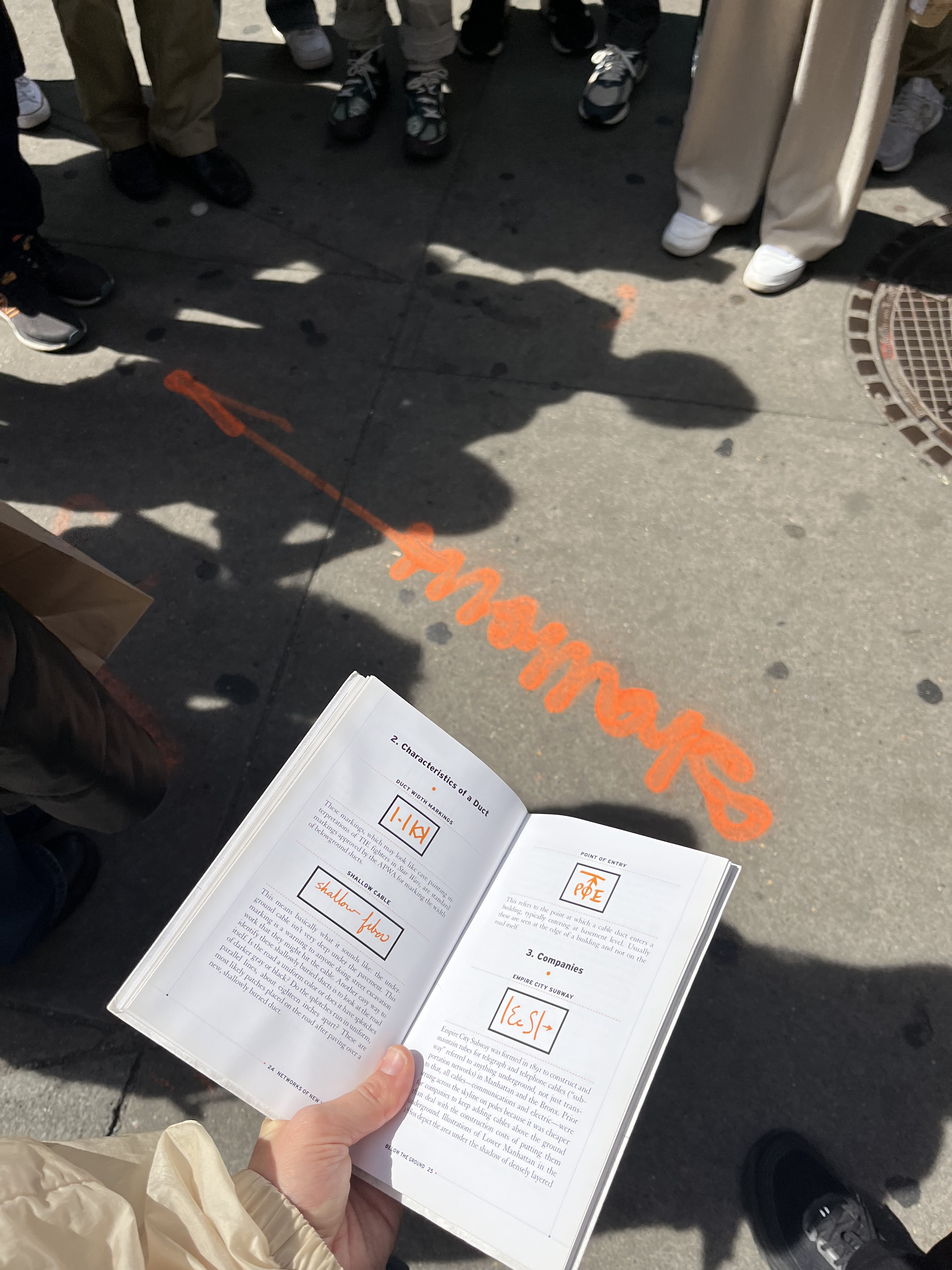
There’s an “everyday magic” in practicing seeing the internet as a part of a city’s landscape and everyday life. Burrington continues:
It’s weirdly comforting, inspiring even, to walk down Sixth Avenue with the knowledge that buried underneath my feet is a fiber optic cable that is carrying conversations, photographs, stories, secrets, and *lives* as beams of light through hair-thin strands of glass.
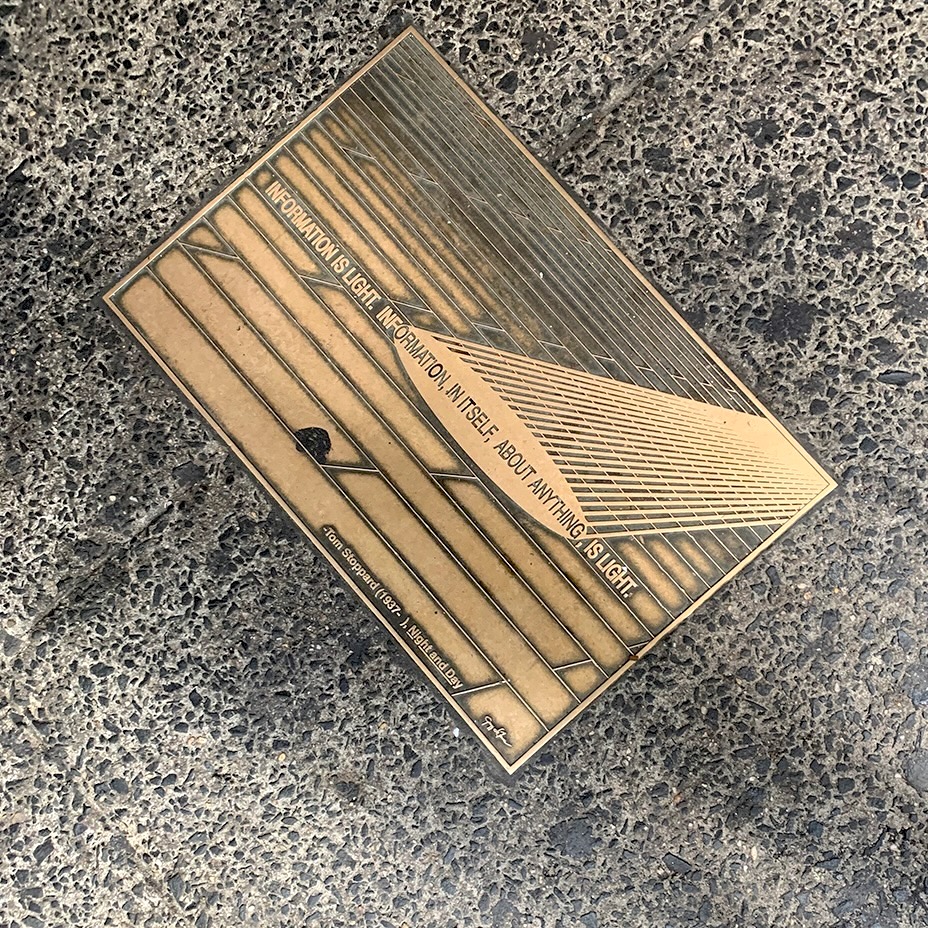
The internet and our society is largely obsessed with speed, optimization, and having everything available immediately, regardless of any adverse effects, and our tools are increasingly designed for instant gratification. In “Taking a Walk Across the Internet,” Eric Li writes:
Instead of racing off to load the next page as quickly as possible, what would happen if we took a moment to breathe? What if we didn’t always know where our next click might lead us? What if we were able to decongest this information superhighway? Perhaps we can look to art for an answer.
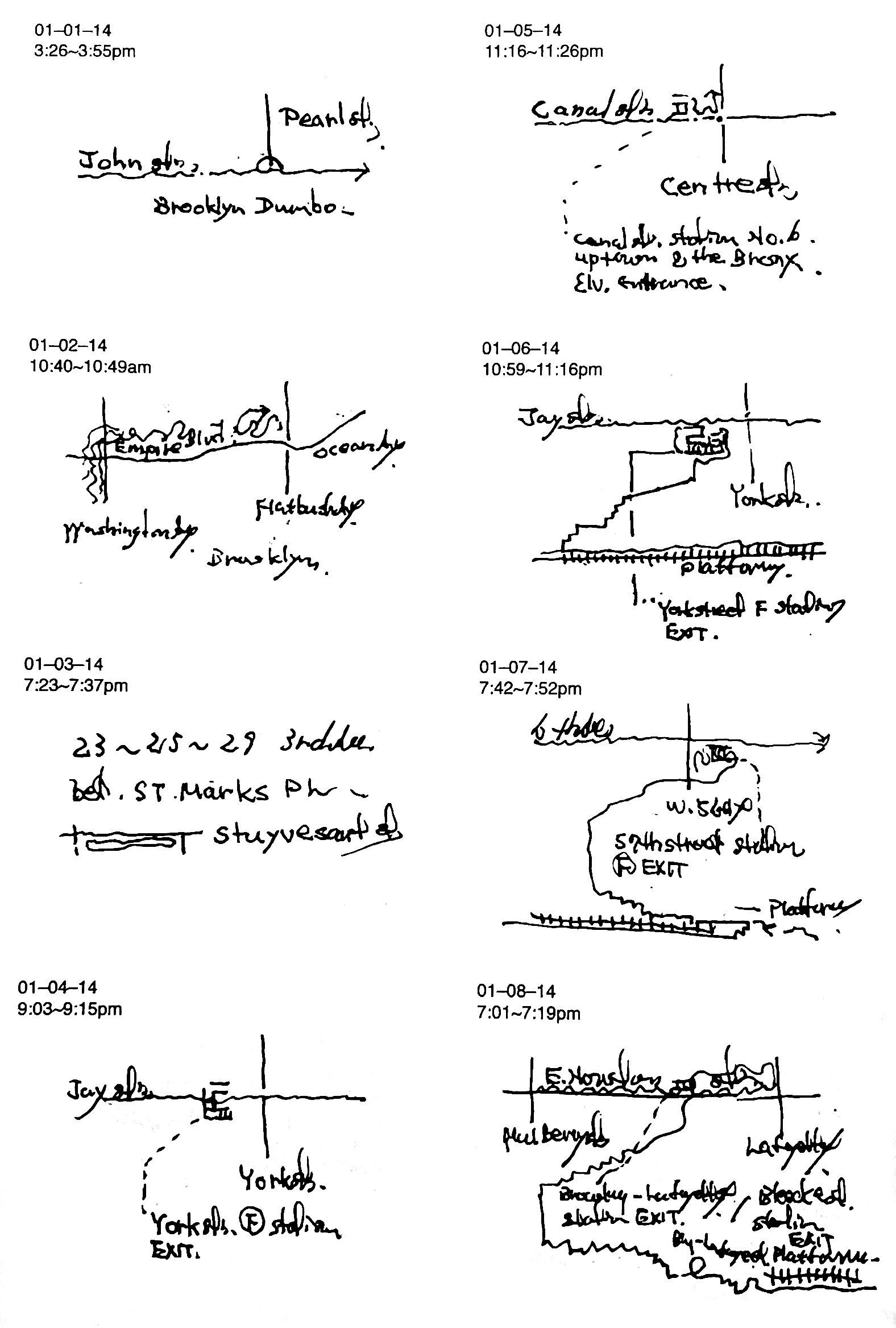
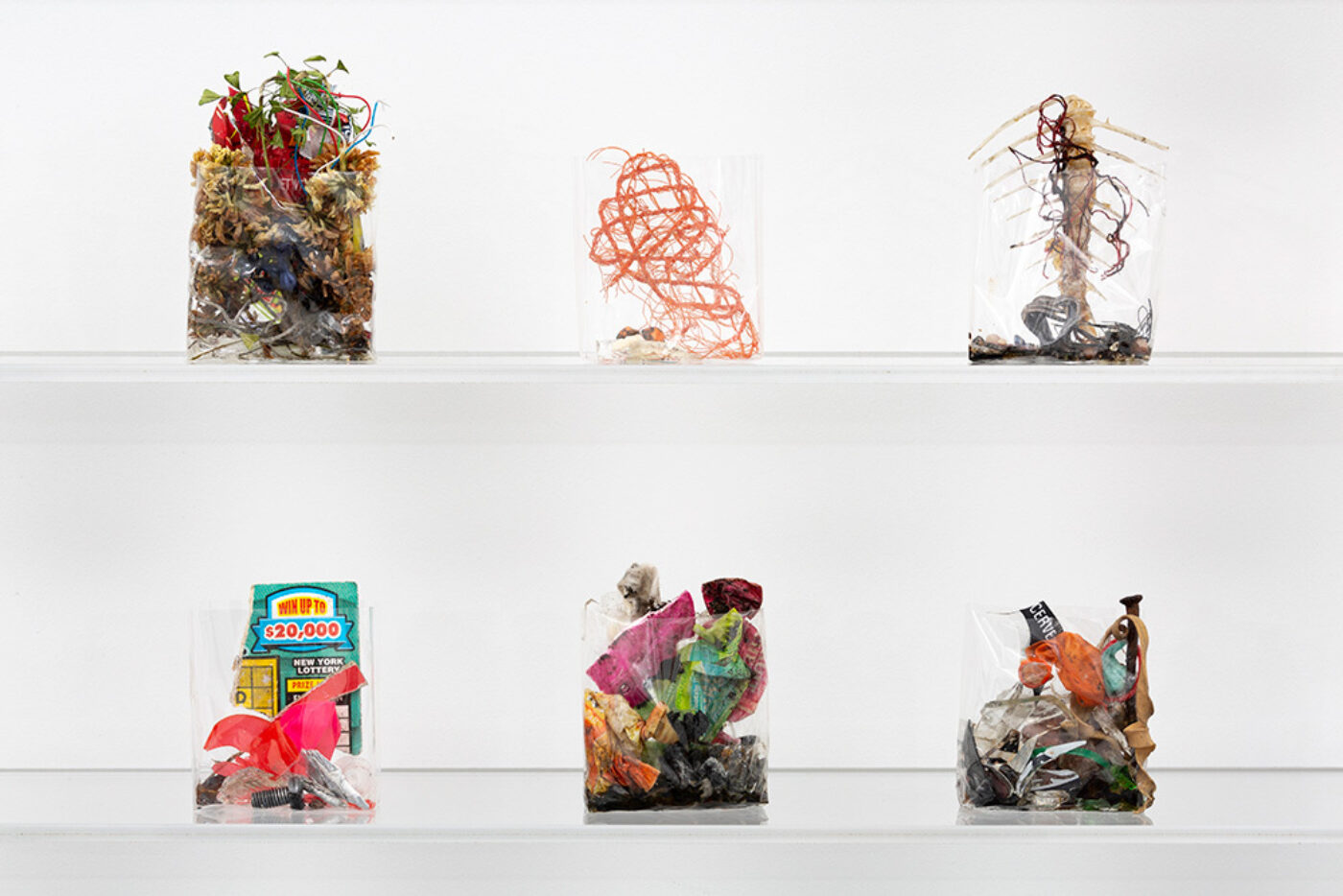
Alex and Laurel, the co-teachers of this class, have long been inspired by artists who embrace meandering and drifting — in both physical and digital realms. A couple years ago, they collaborated on their first “Walking Tour of the Internet” in NYC as part of Laurel’s design class at Princeton.

While putting their first internet walk together, Alex and Laurel visited some “POPS” or “Privately Owned Public Spaces,” which are spaces run by commercial enterprises and open to public — like walkways, plazas, arcades, small parks, and atriums — which are created in exchange for valuable zoning concessions. Often underutilized and still exclusive, POPS are curious liminal zones. Today there are over 590 in New York City alone, which you can begin exploring on this digital map.
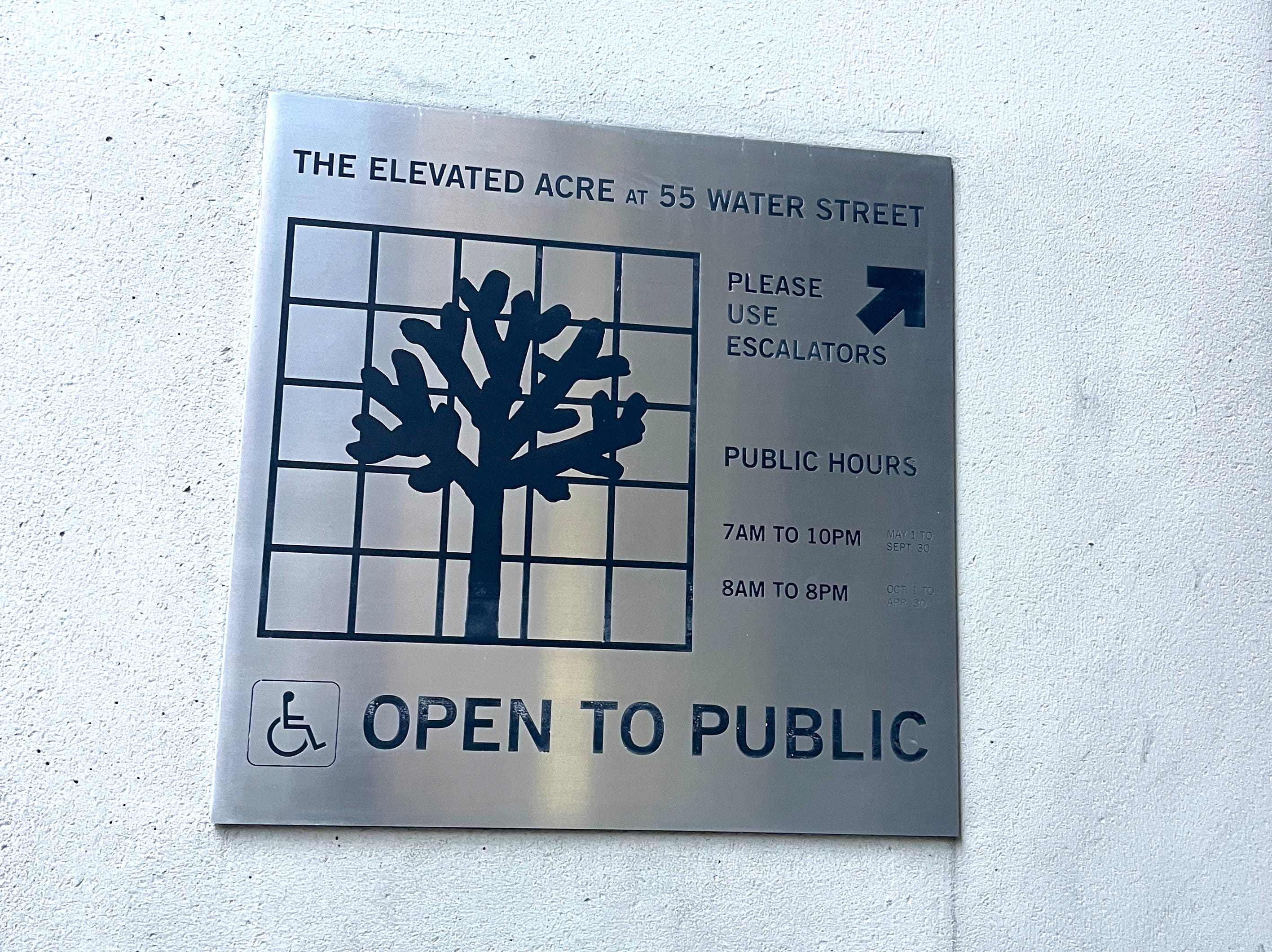
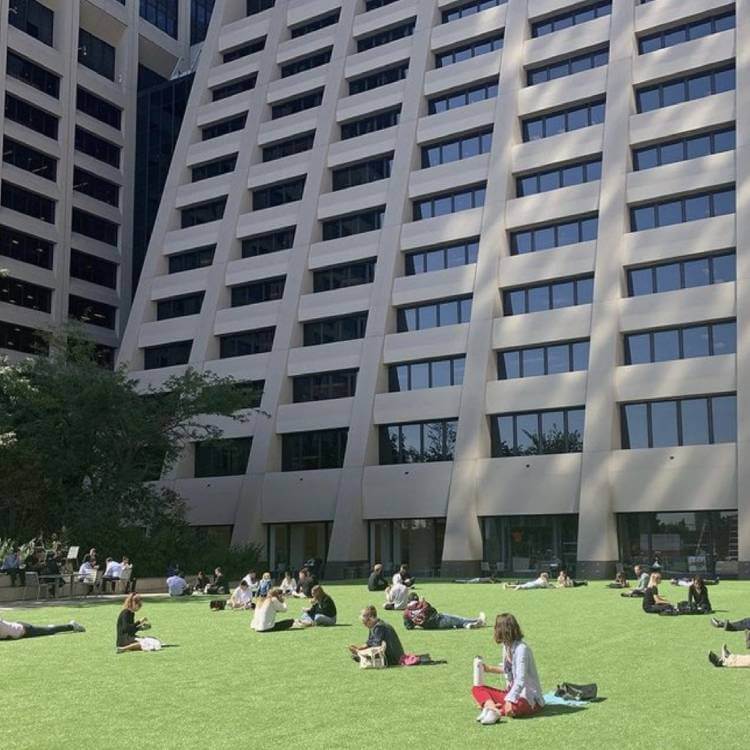
What if we explored POPS and other related public spaces hiding in plain sight for our own purposes — utilizing them to write, loiter, or gather? And while we’re at it, what’s the nature of public space on the internet, now and in an ideal future?
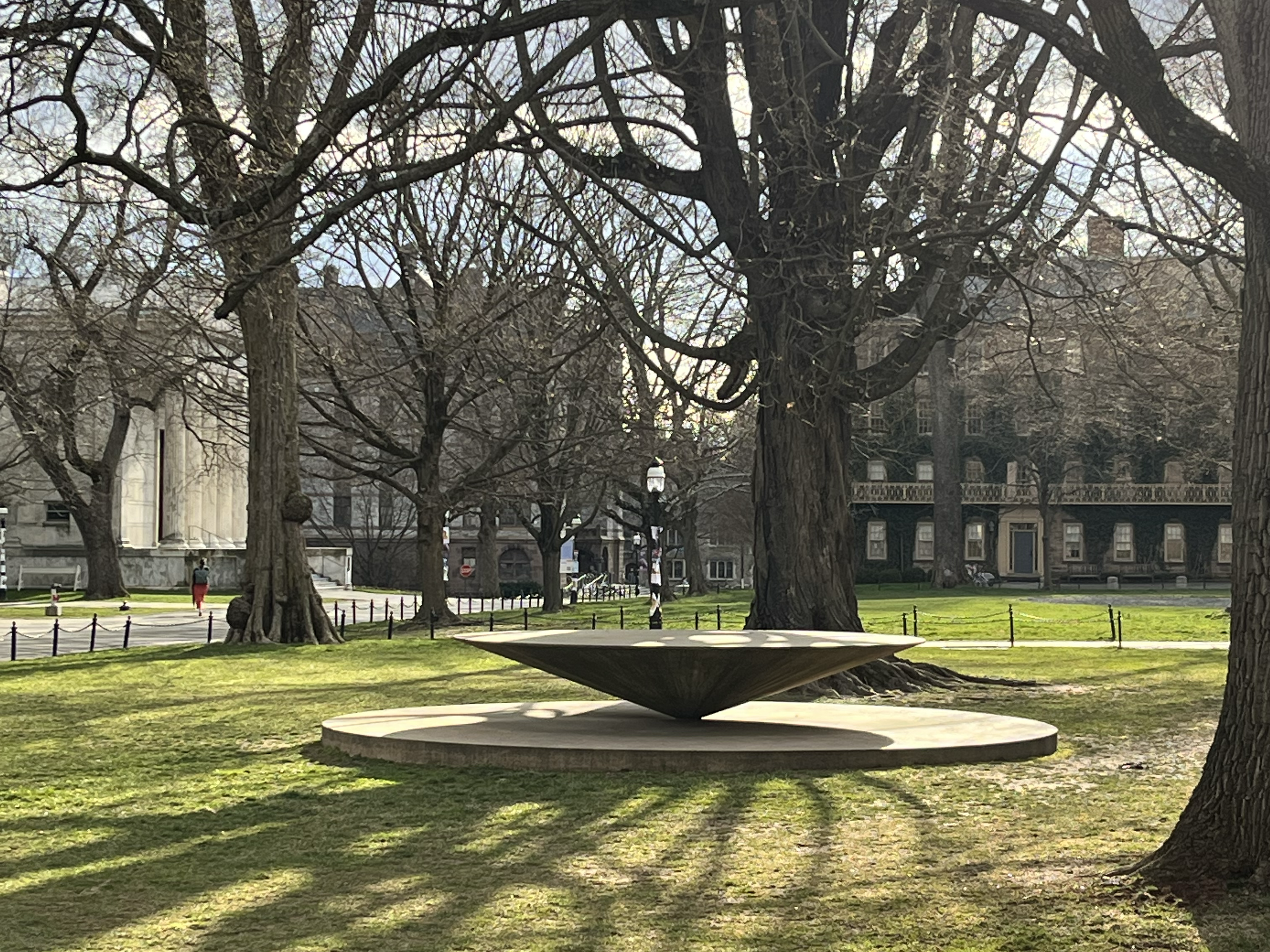
Alex Wolfe is an artist, writer, and educator. His writing and photography explore the relationship between movement, the built environment, and memory.
Laurel Schwulst is an artist, designer, and educator. She creates works as living systems: spaces that cultivate curiosity, learning, and reflection. She has taught design at Princeton, Yale, and her own learning initiatives: Fruitful School and Ultralight School.
***
FAQ
( What is the format? )
This is a hybrid of a guided group walk and opportunity to socialize a little while learning more about our surroundings in NYC. The walk series meets for three separate walks in Manhattan, each happening on a concurrent Saturday in July, from 1-4pm. Specific dates: 7.19, 7.26, 8.2, and covering a different area: Financial District, Midtown, and Times Square/Bryant Park. (Note: These specific locations are subject to change, but regardless the walks will happen in Manhattan.)
( What materials do I need? )
Please wear comfortable walking shoes, sun protection, and bring plenty of water. Note taking materials are encouraged.
( Can I participate remotely somehow? )
Given the walking focus, we are only doing in-person in NYC. But feel free to write us at walking-the-internet@ultralight.school if you are interested 1) us bringing “Walking the Internet” to your city or 2) in possible virtual offerings.
( How can I learn more about this in general? )
We assembled a living bibliography of citations. Feel free to send us any references you think we should know about, too, at walking-the-internet@ultralight.school, or add them to the Are.na channel.
( Who might be a good fit for these walks? )
We imagine this walk series is ideal for anyone — designers, writers, artists, programmers, urbanists, walkers, and others — who are interested in the intersection of the physical and digital world. We encourage students who have a strong interest in the hidden systems that allow the world to function and open to hybrid event structures. This is a social series and best suited for people who enjoy conversation. Since these are walks, we imagine they are best for people who are comfortable walking distances up to 5 miles in potentially hot and humid weather typical during NYC summers.
( Do I have to attend all three walks? )
No, you can come to just one walk. Or you can come to two walks. Or come to all three. If you come to all three, something special might happen.
***
RSVP for Walk on 7.19 RSVP for Walk on 7.26 RSVP for Walk on 8.2